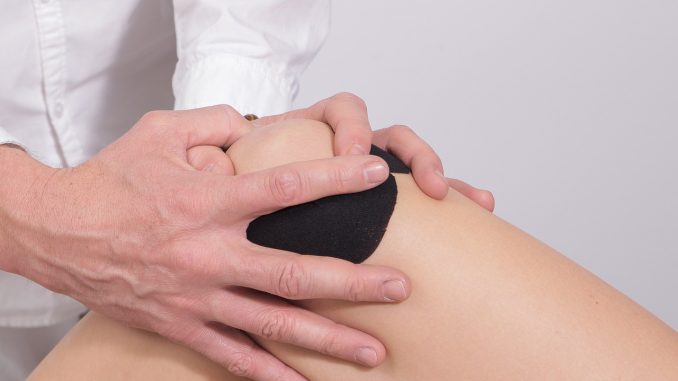
Osteomalacia is a bone demineralization caused by the lack of calcium, vitamin D and phosphates in the body. It affects bone metabolism and leads to the so-called “soft bones”, fragile and easily fractured. Older people are more prone to this condition, especially due to low sun exposure, which leads to low vitamin D production. With age, both vitamin D synthesis through the skin and its intestinal absorption decrease, increasing the chances of osteomalacia and others. bone problems such as osteoporosis.
Clinically, osteomalacia can be easily confused with osteoporosis. The composition of the healthy human skeleton comprises 60% of minerals (calcium hydroxyapatite) and 40% organic material (especially collagen). Osteoporosis causes porous and fragile bones, and osteomalacia causes soft bones. The difference lies in the bone consistency and the ratio between minerals and organic material. In the case of osteoporosis, the ratio of minerals to collagen falls within normal levels. In the case of osteomalacia, the level of minerals is reduced compared to the level of organic materials.
Symptoms of osteomalacia
Although similar in symptomatology to osteoporosis, osteomalacia is a completely different condition. Osteomalacia usually begins with pain in the hips and back in the lumbar area, which then extends to the arms and chest. The pain is symmetrical but does not radiate, and appears at the same time with the sensitivity to the affected bones. The muscles in the affected areas will also weaken, leading to low mobility.
Other symptoms of osteomalacia include:
- Diffuse joint and joint pain (especially of the back, hips and legs)
- Weakened or atrophied uscles
- Difficulty walking
- Hypocalcemia
- Pelvic flattening
Causes of osteomalacia and risk factors
Osteomalacia has two main causes: insufficient calcium absorption in the intestine and phosphate deficiency caused by kidney abnormalities (kidney disorders). The first cause is the most common and may have the roots in the deficient diet (lack of dietary calcium) or in the resistance to the action of vitamin D.
Vitamin D deficiency can also be due to the following causes:
- Intestinal malabsorption (caused by inflammatory bowel disease or celiac disease)
- Malnutrition of the mother during pregnancy
- Chronic kidney failure
- Renal tubular acidosis
- Non-functional metabolism (which cannot absorb vitamin D and phosphates)
- Hypophosphatemia (lack of phosphates in the blood)
- Bone cancerous tumors (oncogenic osteomalacia)
Risk factors for osteomalacia include aging and low sun exposure. With age, the body’s ability to produce, synthesize (through the sun’s UVB rays) and absorb vitamin D significantly decreases, so calcium will no longer be able to absorb effectively.
How osteomalacia can be treated
Since vitamin D deficiency is the main cause of osteomalacia, supplementing the diet with a vitamin D dietary supplement will be an effective solution. Specialists recommend a dosage of 2,000-10,000 IU (International Units) of vitamin D3 daily.
If behind the malabsorption of vitamin D is hidden an inflammatory bowel disease or another problem of metabolism, the treatment will be concentrated on this aspect first. In this case, capsule supplements will not be absorbed effectively, so it may be the case that vitamin D is given by injection.



Leave a Reply